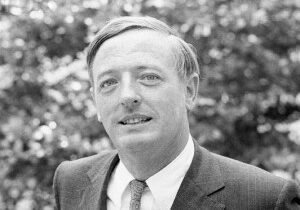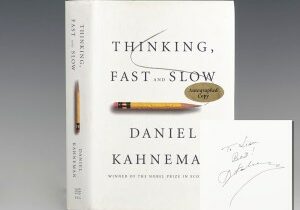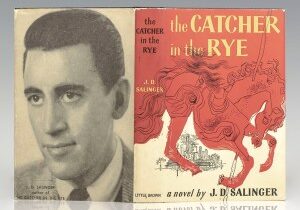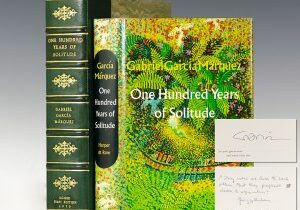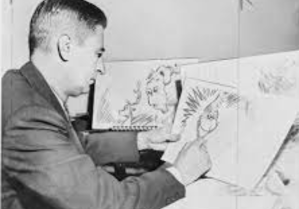Our current exhibition, Celebrating the Life of Dr. Martin Luther King, Jr., features a curated selection of first editions and documents signed by Civil Rights leader Martin Luther King, Jr. as well as several of the most important works published related to African American history.

Now on display in our new 329 Worth Avenue gallery: Celebrating the Life of Dr. Martin Luther King, Jr.
One of the most important figures of the twentieth century, Dr. Martin Luther King, Jr. became the most visible spokesman and leader in the American civil rights movement from 1955 until his assassination in 1968.
King advanced civil rights through nonviolence and civil disobedience, inspired by his Christian beliefs and the nonviolent activism of Mahatma Gandhi. He led the foundational event of the Civil Rights Movement: the 1955 Montgomery bus boycott and later became the first president of the Southern Christian Leadership Conference (SCLC).

Typescript autograph letter signed by Dr. Martin Luther King, Jr. requesting housing upon his acceptance to Boston University Graduate School.
Martin Luther King, Jr. first received recognition for his outstanding skills as a public speaker as a student at Booker T. Washington High School in Atlanta, Georgia. He received early acceptance into the Liberal Arts program at the historically black Morehouse College at the age of 15, also in Atlanta, and at age 18 decided to enter the ministry. After graduating from Morehouse in 1948 with a B.A. in Sociology, King enrolled in Crozer Theological Seminary in Chester, Pennsylvania where he graduated with a Bachelor’s degree in Divinity in 1951.
That same year, he applied to Graduate School at Boston University where, in June of 1955, he received his Ph.D. in Systematic Theology with a dissertation titled A Comparison of the Conceptions of God in the Thinking of Paul Tillich and Henry Nelson Wieman. While pursuing doctoral studies, King worked as an assistant minister at Boston’s historic Twelfth Baptist Church with Reverend William Hunter Hester, a friend of King’s father who became an important influence on King’s later work.
King described his first book, Stride Toward Freedom (published in 1958) as “the chronicle of fifty thousand Negroes who took to heart the principles of nonviolence, who learned to fight for their rights with the weapon of love, and who, in the process, acquired a new estimate of their own human worth.”
His second work, Strength to Love (published in 1963) is a collection of sermons published the same year in which King penned his Letter from a Birmingham Jail and joined the historic March on Washington where he delivered his famous “I Have a Dream” speech. Coretta Scott King said of the work:”[Strength to Love] best explains the central element of Martin Luther King, Jr.’ s philosophy of nonviolence: His belief in a divine, loving presence that binds all life. By reaching into and beyond ourselves and tapping the transcendent moral ethic of love, we shall overcome these evils.”

First edition of Where Do We Go From Here: Chaos or Community?; inscribed by Martin Luther King, Jr.
The “last grand expression of his vision”, Where Do We Go From Here: Chaos or Community? is an analysis of the state of American race relations and the movement after a decade of U.S. civil rights struggles (Cornel West). King believed that the next phase in the movement would bring its own challenges as African Americans continued to make demands for better jobs, higher wages, decent housing, an education equal to that of whites, and a guarantee that the rights won in the Civil Rights Act of 1964 and the Voting Rights Act of 1965 would be enforced by the federal government.
On October 14, 1964, King was awarded the Nobel Peace Prize for combating racial inequality through nonviolent resistance. In his later years, he expanded his focus to include opposition towards poverty, capitalism, and the Vietnam War.
In 1968, King was planning a national occupation of Washington, D.C., to be called the Poor People’s Campaign, when he was assassinated on April 4 in Memphis, Tennessee.
Martin Luther King Jr. Day was established as a holiday in cities and states throughout the United States beginning in 1971; the holiday was enacted at the federal level by legislation signed by President Ronald Reagan in 1986.

Featured in out current exhibition: a rare first edition of Harriet Beecher Stowe’s Uncle Tom’s Cabin, a signed first edition of Coretta Scott King’s My Life with Martin Luther King, Jr., and a signed first edition of Langston Hughes’ Montage of a Dream Deferred
In addition to the rare pieces featured above, our current exhibition features some of the most important books related to African American history, including perhaps the most important novel published in America: Harriet Beecher Stowe’s Uncle Tom’s Cabin; two rare early Reconstruction Era African American autobiographies; and several important works from the leaders of the Harlem Renaissance.




